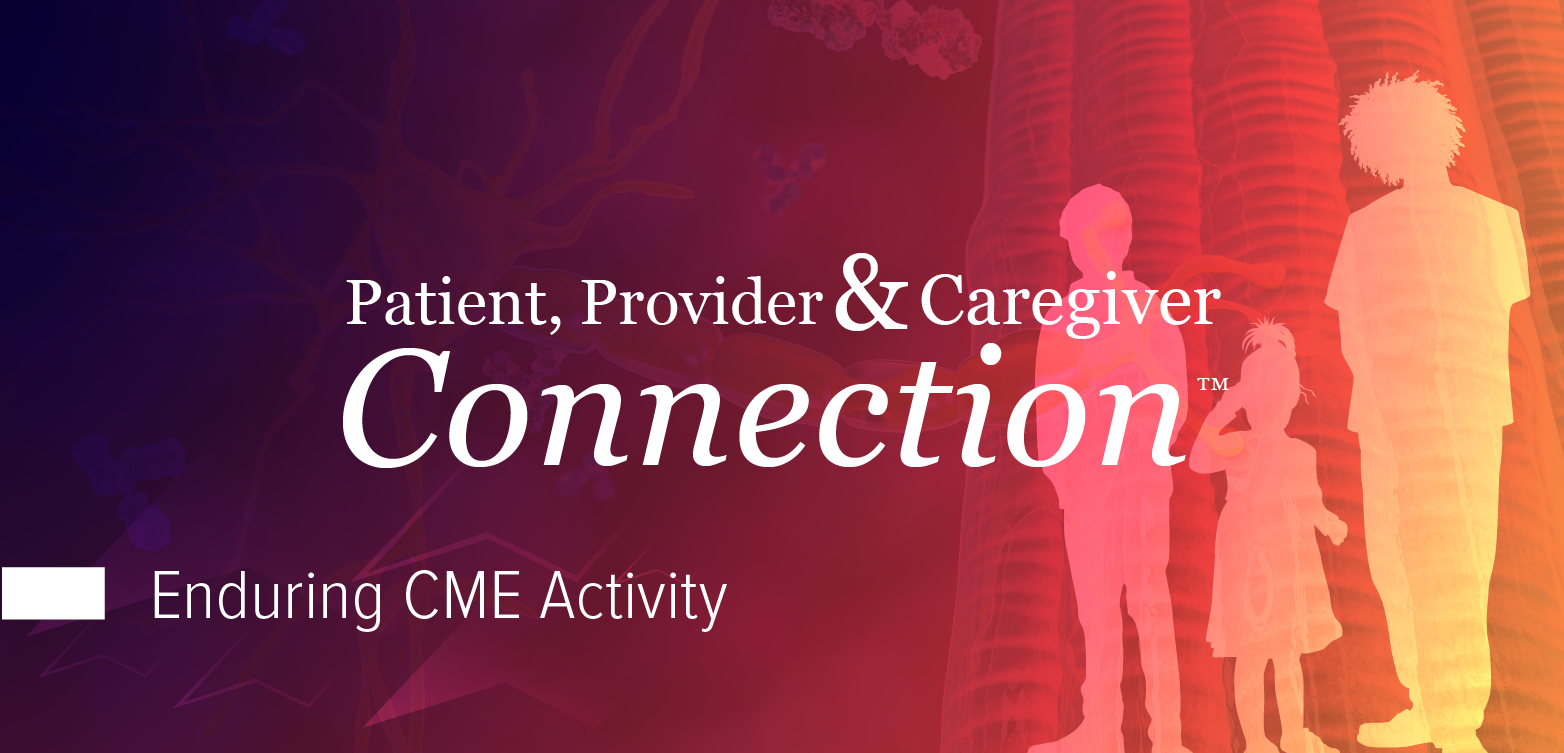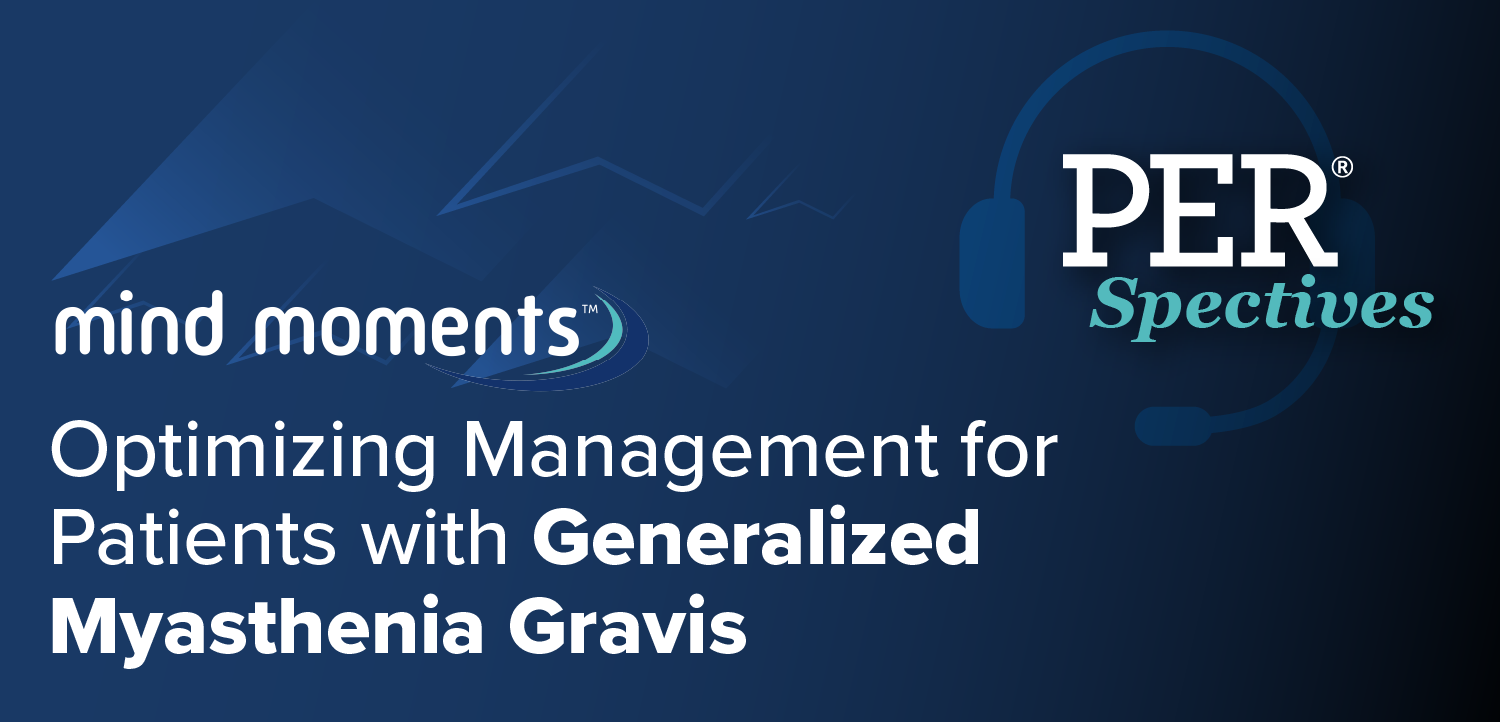
Observed Differences in PIRA Definition Call for More Standardized Agreement on Term
Key Takeaways
- Variability in PIRA incidence and persistence is influenced by definition parameters, highlighting the need for a standardized definition in MS research.
- The study analyzed 33,303 patients, revealing that baseline disability and confirmation period significantly affect PIRA detection.
A recent large cohort analysis of global MS registry data reported that the incidence and persistence of progression independent of relapse activity varied widely depending on how it was defined.
Newly published in JAMA Neurology, a retrospective cohort study using MSBase registry data that compared 360 definitions of progression independent of relapse activity (PIRA) in patients with relapsing-remitting multiple sclerosis (MS) reported substantial differences in PIRA incidence and persistence depending on definition parameters.The study suggests that a proposed standardized definition could improve consistency and comparability across future MS research.1
Overall, the analysis comprised 33,303 patients with clinically definite relapsing-remitting MS from 186 centers in 43 countries, drawn from a total pool of 87,239 patients in the MSBase registry between July 2004 and July 2023.2 Conducted by lead author Jannis Müller, MD, MSc, former research fellow of the CORe team at the RMH Neuroimmunology Centre in Melbourne, and colleagues, patients included in the analysis had an average of 15.1 visits across 8.9 years, and 84.2% were diagnosed with relapsing-remitting MS.
Investigators tested PIRA incidence and persistence using combinations of criteria such as baseline disability, confirmation period, magnitude of worsening, and freedom from relapse at both worsening and confirmation time points. Across all definitions, researchers reported that PIRA incidence ranged from 0.141 to 0.658 events per decade, and persistence ranged from 0.753 to 0.919 over at least 5 years.
"PIRA is an emerging concept in MS, which is becoming increasingly more important. This is because the contemporary therapies are very effective at reducing the risk of MS relapses, but less so at reducing progression of disability. To quantify how much disability in MS is attributable to relapses and how much is [because of] PIRA is important for development of new therapies and correct use of the current therapies,"
READ MORE:
All told, participants included 24,152 women (72.5%) and 9151 men (27.5%), with a mean age of 36.4 years at their first visit and a median Expanded Disability Status Scale (EDSS) score of 2.0. Investigators noted that the definitions of PIRA varied by how baseline disability was treated (e.g., fixed or rebaselined after events), confirmation duration (6, 12, or 24 months), and relapse-free periods surrounding worsening and confirmation events.
Additional findings showed that both the baseline strategy and the length of the confirmation period significantly impacted PIRA detection. Among the tested definitions, 1 yielded a balanced estimate of both incidence and persistence. This definition meant that it required significant EDSS worsening from a baseline reset after each PIRA, relapse, or improvement; no relapse since the last EDSS assessment; and confirmation with EDSS scores that remained above the worsening threshold for 12 months, without relapse in 30 days prior.
"PIRA is a clinically apparent worsening of disability in the absence of relapses. It occurs in both relapsing and progressive forms of MS. However, there seems to be a layer of progression that is not clinically apparent. To identify such progression, we need more sophisticated methods," Kalincik said. "I do not think there is presently one test that can identify silent progression in MS. At the RMH Neuroimmunology Centre, and with support from MS Australia, industry and donors, we are presently developing a set of tests and analyses, which will enable to identify silent progression in individuals with MS and prevent its transition into overt disability."
Investigators acknowledged several limitations of the study, including the use of the EDSS, which may have overlooked nonmotor symptoms and introduced variability. The comparison framework may not have fully captured interactions among criteria, and treatment status was not considered, which could have influenced PIRA estimates. The definition also depended on standardized relapse identification and may have missed cases where relapse and progression overlapped. Additionally, imaging and biomarker data were not included, which might have improved the assessment of PIRA.
“In present clinical practice, PIRA as at best acknowledged, but rarely results in therapeutic decisions. This is because our instruments to slow down or prevent PIRA are limited. However, with emergence of new therapies, our focus on PIRA is increasing. I believe that in the near future PIRA will become a treatable target, and its accurate identification will then be of high importance," Kalincik said.
REFERENCES
1. Müller J, Sharmin S, Lorscheider J, et al. Standardized Definition of Progression Independent of Relapse Activity (PIRA) in Relapsing-Remitting Multiple Sclerosis. JAMA Neurol. Published online April 14, 2025. doi:10.1001/jamaneurol.2025.0495
2. Kalincik T, Butzkueven H. The MSBase registry: Informing clinical practice. Mult Scler. 2019;25(14):1828-1834. doi:10.1177/1352458519848965
Newsletter
Keep your finger on the pulse of neurology—subscribe to NeurologyLive for expert interviews, new data, and breakthrough treatment updates.



































